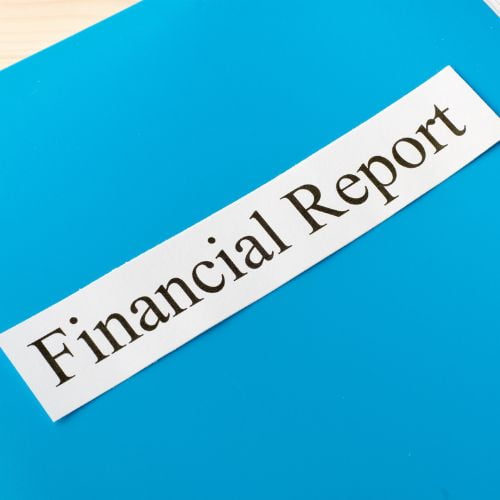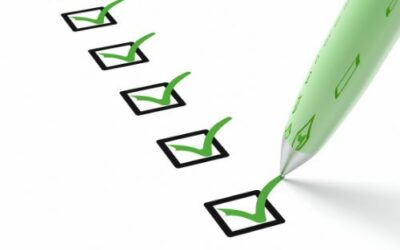
Add The Required Information To Your Asset Register
You could, for example, add some or all of the following information to your asset register:
- The cost of each asset at the time of purchase
- The asset’s warranty and insurance information
- The model, make, and colour of the asset
- The serial number
- And any other relevant information
Add as much information about each asset as you would like. Some apps/websites will let you add more information as and when required.

Double Check That Assets Have Been Verified
When you can export reports from your asset register app, it makes it easier to see how your assets are performing. You could see which assets are used more often than others, or how many sales you’ve made in the last year.
Calculate Asset Depreciation
Fixed asset depreciation can be calculated by using the Written Down Value, units of production method, or even the straight-line method. The choice is, of course, up to you. Once you have calculated for depreciation you’ll also need to make sure that any relevant insurance and tax values are updated. Don’t forget to add all of the relevant information to your asset register app, should you wish to.
Identify Any Ghost Assets
If you can repair damaged assets quickly or retrieve lost assets, they could be used again. As a result, they will benefit your business once more. If you cannot retrieve or use the ghost assets, they still need to be accounted for.
Confirm Your Assets’ Valuation
Make Auditing Easy
It is possible to make auditing easy if you use a reliable asset register app. When you update and add financial information to your app, it can make financial reports seem easier. Ideally, you will use an app that allows you to export reports. If you don’t, you may well find that financial reporting and audit compliance are not as straightforward as you think. When you can stay on top of all of your financial reporting, it can make running your business much easier.
If you would like to speak with an expert about using an asset register app to aid in your financial reporting and compliance contact us now at team@itemit.com.

Try itemit
Choose a better way to track
your assets.
Start your free 14-day trial now!

Keep Learning
itemit Blog
Tips, guides, industry best practices, and news.
Why Having An Accurate Asset Register Is Important
Why is having an accurate asset register so important and how can it help with equipment tracking? Read this post now to find out!
What To Include In Your Fixed Asset Register
What should you include in your fixed asset register and how can you make it work for you? Read this post now to find out!
What Exactly Is An Asset register?
What exactly is an asset register and will your chosen asset register format offer you everything you need? Read this post to find out!



